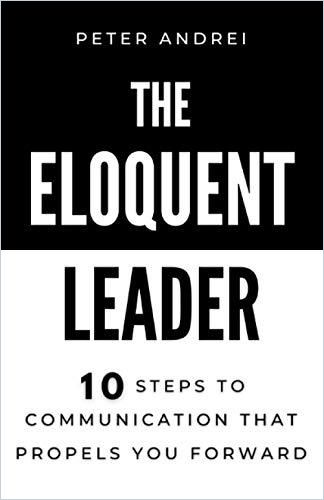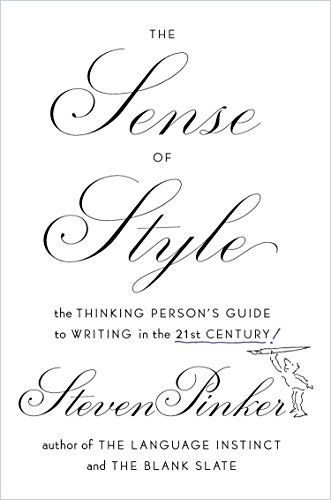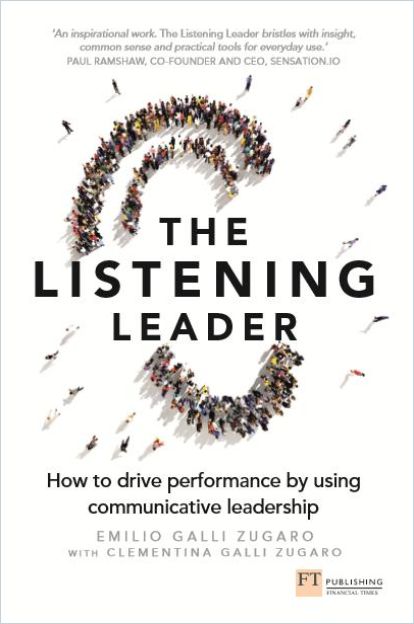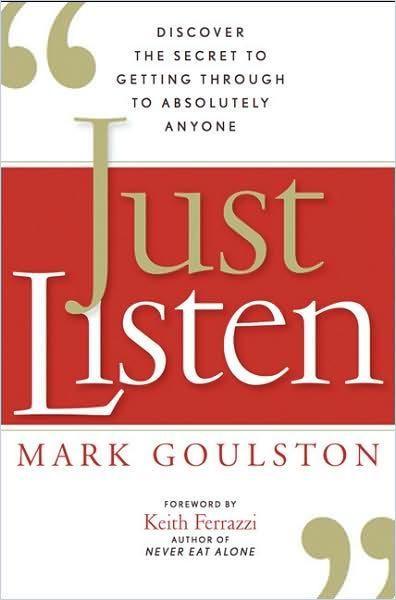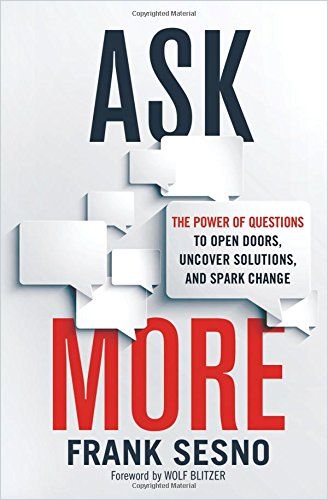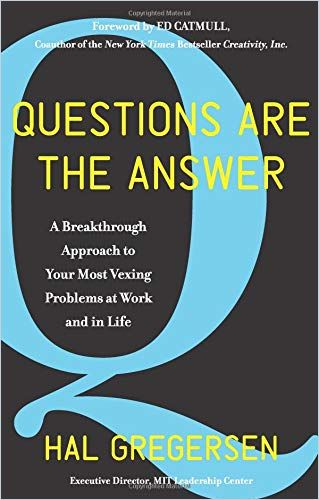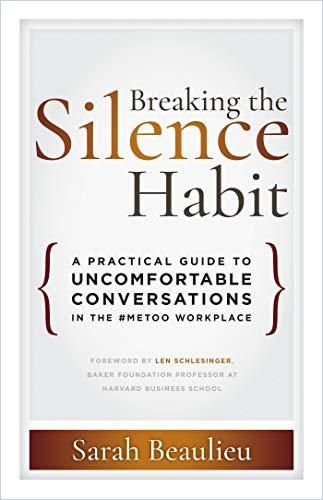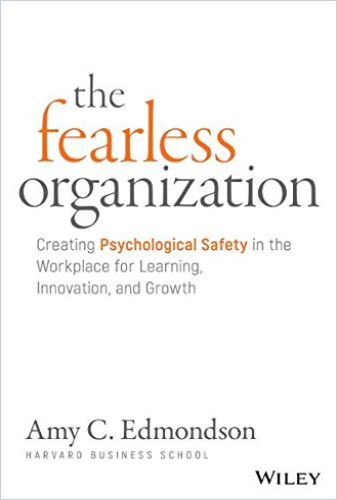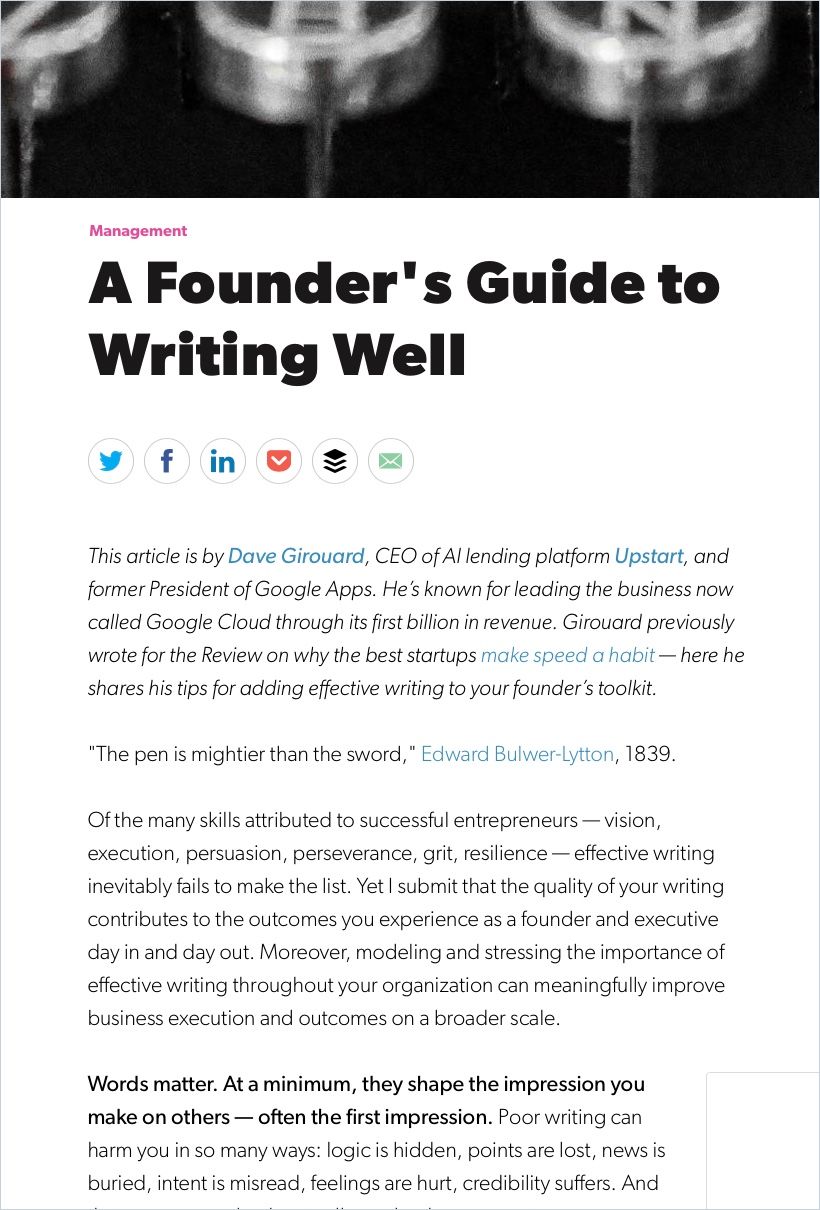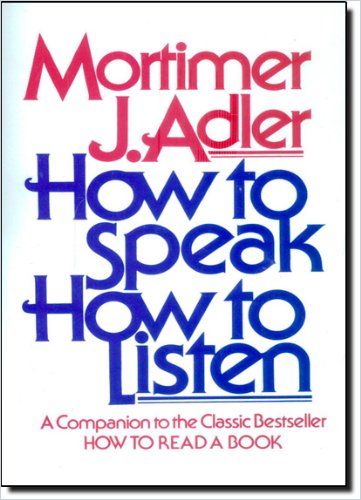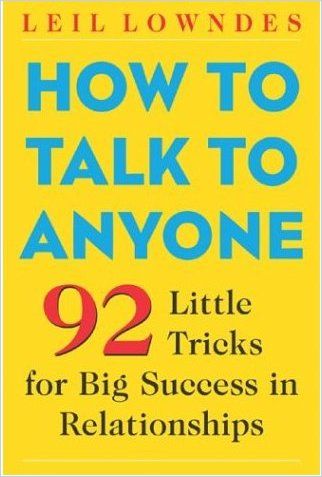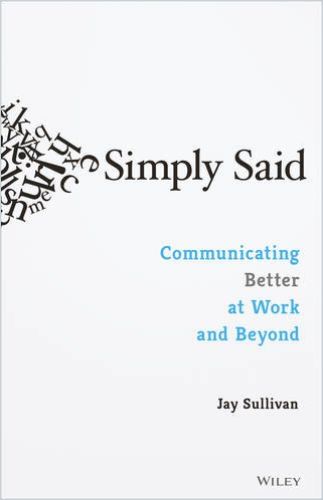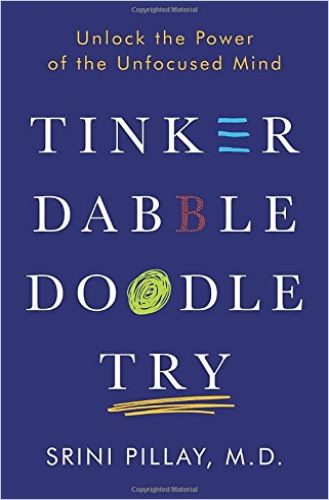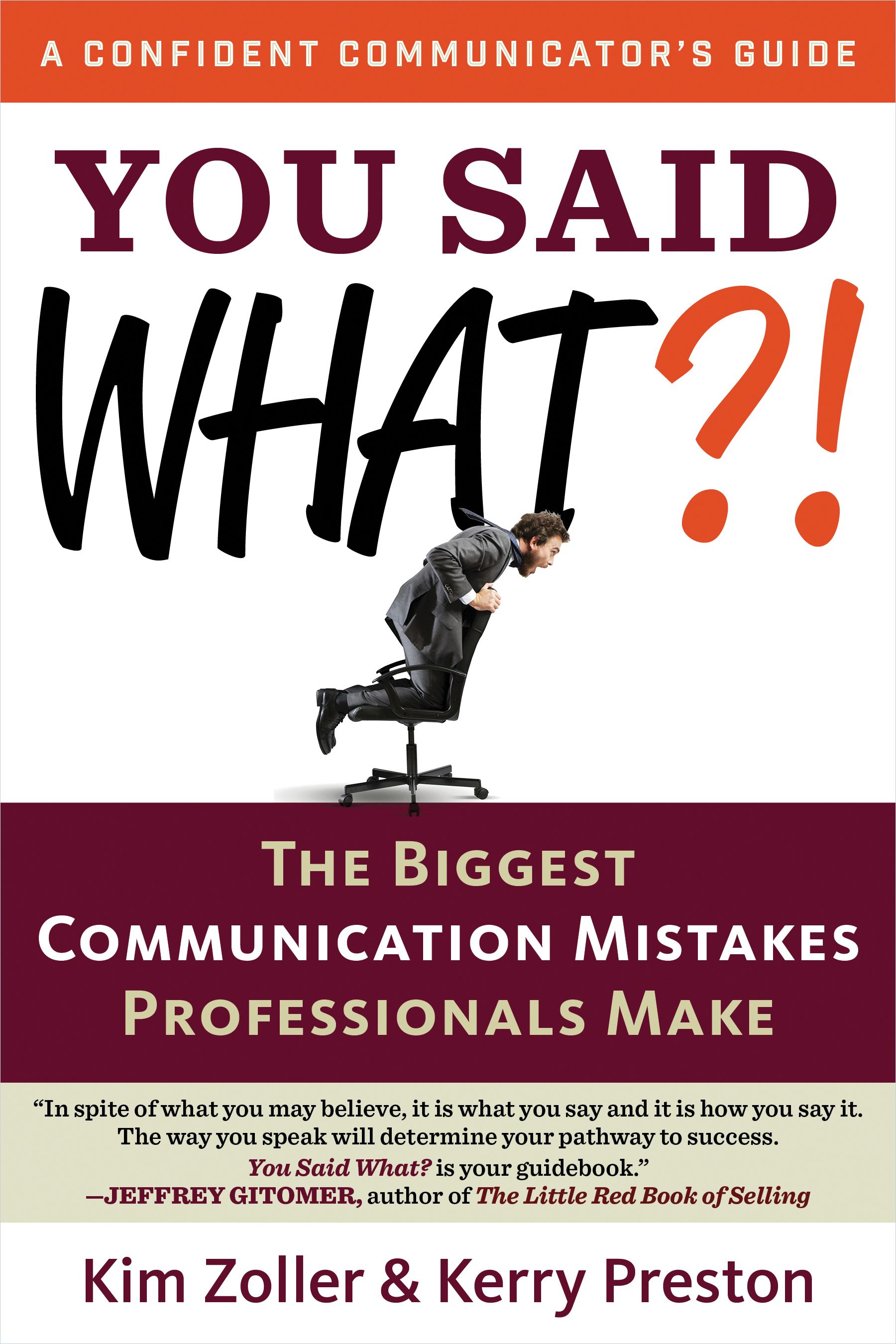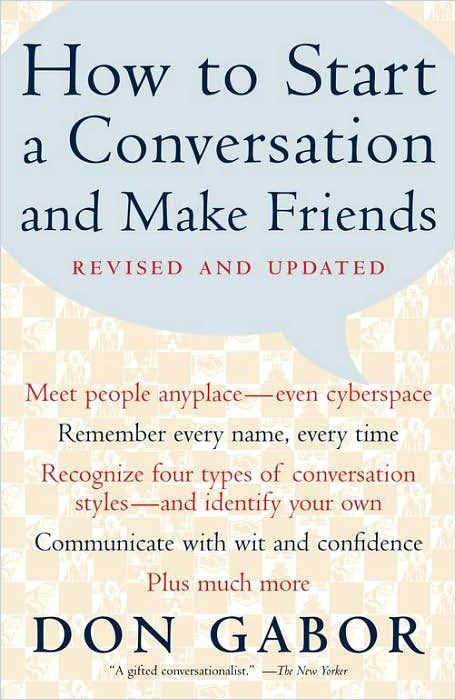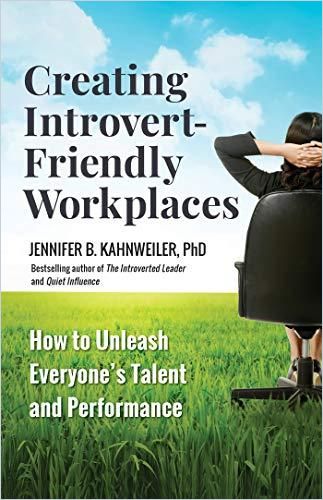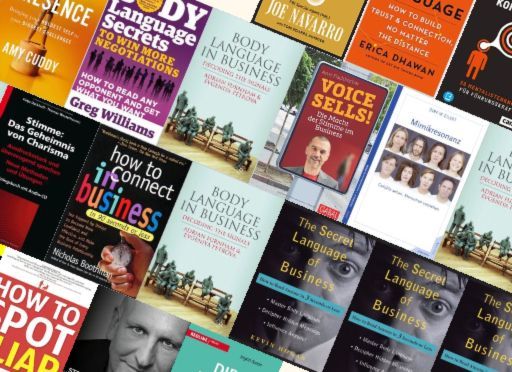There’s a lot to be said for writing being the key competency of the future hybrid workplace. But there’s much more to excellent communication. The problem? Many leaders don’t know this, and future ones are too rarely taught it.
What You Should Do
Listening sounds cozy, doesn’t it? It is anything but! Because if you want to listen actively, i.e., get the best out of the conversation, you should really master the following skills:
- Pay attention.
- Show that you’re present.
- Give relevant feedback.
- Don’t judge.
- Respond.
Discovered competencies you’re missing? These explain how you can remedy the situation:
Related Summaries in getAbstract’s Library
Book Summary The Listening Leader
Leaders’ ability to listen determines their success or failure and the fate of their organization.
Emilio Galli Zugaro and Clementina Galli Zugaro FT Press Read Summary Book Summary Just Listen
The Rolling Stones sang, “You can’t always get what you want.” But, you can get what you need if you use these tactics.
Mark Goulston AMACOM Read Summary Book Summary Shut Up and Listen!
Find out what you don’t know about your business.
Tilman Fertitta HarperCollins Leadership Read Summary Book Summary Why Should the Boss Listen to You?
Follow this advice to get CEOs and executives to listen to you…in fact, to invite you in and seek your counsel.
James E. Lukaszewski Jossey-Bass Read Summary Always remember: Even if you listen and don’t say or write something, your body will tell a whole story. It’s worth paying attention – on both sides of a communication situation.
Book Summary Body Language in Business
Become fluent in nonverbal communication by understanding body language – your own and other people’s.
Adrian Furnham and Evgeniya Petrova Palgrave Macmillan Asking questions helps you open doors, solve problems and break down barriers. Questions give you the opportunity to reflect, and – on top – asking encourages personal growth. Without the right questions, you will not solve any problems – and you always have plenty of the latter. Time to master asking different types of questions:
Related Summaries in getAbstract’s Library
Book Summary Ask More
Knowing how to ask the right kinds of questions leads to greater clarity and understanding.
Frank Sesno AMACOM Read Summary Book Summary Questions Are the Answer
Bold questions can lead to great innovations and are essential to human progress.
Hal Gregersen HarperBusiness Read Summary Book Summary The Ask
A proven methodology exists to ask people to give money to your nonprofit…and then to ask them again.
Laura Fredricks Jossey-Bass Read Summary Book Summary Just Ask Leadership
Leading doesn’t mean just issuing orders. Ask the right questions to stay informed and to clarify goals.
Gary B. Cohen McGraw-Hill Read Summary Poor communication contributes to dysfunctional relationships, misunderstandings and frustration. And breakdowns in communication affect your personal and professional lives much more than you imagine. The good news: You can break bad habits with self-awareness, better habits and new problem-solving skills.
Related Summaries in getAbstract’s Library
Book Summary Nonviolent Communication
How you communicate may contribute to violence and alienation in your life. But you can change.
Marshall B. Rosenberg Puddledancer Press Read Summary Book Summary Conversation Transformation
Often, it’s not what you say but how you say it that makes all the difference.
Ben E. Benjamin, Amy Yeager and Anita Simon McGraw-Hill Read Summary Book Summary Breaking the Silence Habit
Learn to deal with the discomfort of talking about sexual harassment in the workplace.
Sarah Beaulieu Berrett-Koehler Read Summary Book Summary Collaborating with the Enemy
While “collaboration” may have a bad reputation, sometimes it’s the only way to get things done.
Adam Kahane Berrett-Koehler Read Summary Book Summary The Fearless Organization
Leadership expert Amy C. Edmondson explores censorship in the workplace and reveals its consequences.
Amy C. Edmondson Wiley Read Summary 4. Practice Writing and Speaking
The famous journalist and social critic H.L. Mencken once wrote, “Before a man speaks, it is always safe to assume that he is a fool. After he speaks, it is seldom necessary to assume it.” This cynical maxim may be true for many – but certainly not for those who study the following abstracts. First, the elevator pitch:
Book Summary The Eloquent Leader
Skilled leaders understand how to share profound ideas in accessible, yet persuasive ways.
Peter Andrei Peter Andrei Writing
Related Summaries in getAbstract’s Library
Book Summary The Truth About the New Rules of Business Writing
A practical, accessible guide to a vital career skill: effective business writing
Natalie Canavor and Claire Meirowitz FT Press Read Summary Article Summary Why Does Writing Matter in Remote Work?
Great writing makes remote work more efficient.
Tim Casasola Tim Casasola Read Summary Article Summary The Founder’s Guide to Writing Well
Effective writing, often unsung, is the ultimate entrepreneurial skill.
David Girouard First Round Read Summary Book Summary The Language of Success
Whether you like it or not, you’re a writer. So learn to communicate powerfully in all your business writing.
Tom Sant AMACOM Read Summary Book Summary How to Take Smart Notes
Free your brain by using a “slip-box” system to store and connect your research information.
Sönke Ahrens CreateSpace Read Summary Speaking
Related Summaries in getAbstract’s Library
Book Summary How to Speak How to Listen
Every educated person should understand how to speak and listen skillfully.
Mortimer J. Adler Touchstone Read Summary Book Summary The Lost Art of the Great Speech
Often, people fear public speaking more than they fear dire illness or bugs. To beat stage fright, prepare and practice.
Richard Dowis AMACOM Read Summary Book Summary Body Language in Business
Become fluent in nonverbal communication by understanding body language – your own and other people’s.
Adrian Furnham and Evgeniya Petrova Palgrave Macmillan Read Summary Book Summary How to Talk to Anyone
There’s a secret to knowing how to talk to people so they want to listen; indeed, there are 92 of them. Start counting.
Leil Lowndes McGraw-Hill Read Summary Book Summary You Were Born to Speak
Get out of your own way and release the speaker you were born to be.
Richard Newman Richard Newman Read Summary Sadly, rhetoric and logic are no longer part of basic education. Want to express yourself well nonetheless? To help you reach that goal, cognitive scientist Steven Pinker’s erudite guide below explains – with helpful examples – what makes writing coherent, compelling and clear. He offers his personal lists of terms and expressions to watch for – those that he thinks the traditional language police are too fussy about and those that he’s convinced writers must never misuse.
Book Summary The Sense of Style
Can a book teach you to write well? Yes, it can.
Steven Pinker Viking Know what gobbledygook is? Words that mean nothing and expressions that obscure meaning. Basically, it’s the stuff that too many presentations, job interviews and networking events are made of. Here’s how to take up the cudgel against jargon, “business speak” and perplexing political phrasemaking.
Related Summaries in getAbstract’s Library
Book Summary Talk Normal
Journalist Tim Phillips lobbies for good grammar, clear language and independent thinking.
Tim Phillips Kogan Page Read Summary Article Summary Garbage Language
Literary critic Molly Young discusses the sometimes hilarious, sometimes pathetic ways in which corporate communication degrades language.
Molly Young New York Read Summary 7. KISS (Keep it Short and Simple) Is Good…
Here are the mechanics of organizing content and writing clearly and correctly. But here’s also why good communication focuses on its audience, why simple words and sentences are more effective, and why great communicators are also great listeners:
Related Summaries in getAbstract’s Library
Book Summary Simply Said
The first rule of communication is to focus on your audience, not on yourself.
Jay Sullivan Wiley Read Summary Book Summary Words That Work
How you say something is as important as what you say…an expert’s practical guide to communication.
Frank Luntz Hyperion Read Summary Book Summary Simple Numbers, Straight Talk, Big Profits!
Keep your business finances simple to increase your profits.
Greg Crabtree and Beverly Blair Harzog Greenleaf Book Group Press Read Summary 8. …But Not Everything
Some things are not easy, simple, or to express in a few words. In some cases, therefore, it is worth deliberately not to abbreviate. But, of course, there are summaries regarding this procedure.
Related Summaries in getAbstract’s Library
Book Summary Leading Through Language
The language you use helps or hinders you as a leader.
Bart Egnal Wiley Read Summary Book Summary Giving Voice to Values
Find the courage of your convictions and, while you’re at it, find your convictions.
Mary C. Gentile Yale UP Read Summary Book Summary Making Up Your Own Mind
Edward B. Burger’s brief, imaginative book will inspire you to slow down, reflect, puzzle and think.
Edward B. Burger Princeton UP Read Summary Book Summary Tinker Dabble Doodle Try
People imagine they might achieve their dreams if they could simply focus more, but what if the inverse were true?
Srini Pillay Bantam Dell Read Summary Podcast Summary How to Nurture Crazy Ideas That Save the World
As firms grow, rewards for employee change. Figuring out how to inspire workers is your secret weapon.
Jacob Morgan and Safi Bahcall The Future Organization Read Summary Book Summary Authentic Conversations
When it comes to corporate achievement, what you say to co-workers, and how you say it, matters.
Jamie Showkeir and Maren Showkeir Berrett-Koehler Read Summary 9. Be Selective About Media
To emoji, or not to emoji, that is the question. Fostering appropriate digital etiquette is a critical workplace skill in a world where remote employment is increasingly becoming a norm. In the digital workplace, email and textual communication lack the subtleties and nuances that face-to-face communications boast, and remote workers must compensate to keep long-distance professional relationships functioning. Here’s some digital ( 😉 ) advice:
Related Summaries in getAbstract’s Library
Article Summary 10 Rules of Professional Etiquette for the Digital Workplace
If you work remotely, use exceptional digital etiquette to build respect and a strong reputation.
Aaron Orendorff Lifehacker Read Summary Book Summary The Essentials of Business Etiquette
Master the rules of social interaction and presentation to exude confidence and professionalism.
Barbara Pachter and Denise Cowie McGraw-Hill Read Summary Book Summary Improve Your Virtual Meetings
Learn how to improve your performance on conference calls and in video meetings.
John Arthur John Arthur Books Read Summary
What Not to Do
So far, so good. Actually, all of the above titles do tell you what you should not say (any longer) or communicate with particular enthusiasm. But so that there are no misunderstandings:
1. Don’t Blabber
Interrupting, talking too much, bragging and seeming distracted are common communication flaws. Here is how to avoid them:
Related Summaries in getAbstract’s Library
Book Summary You Said What?!
Conquer common speaking and presentation blunders by following this practical go-to guide to effective communication.
Kim Zoller and Kerry Preston Career Press Read Summary Book Summary Conversational Intelligence
Learn how to establish trust, which leads to good conversations and stronger relationships.
Judith E. Glaser Routledge Read Summary 2. Don’t Say Anything at All
Where there are many braggarts and other dudes with too much self-confidence, there are usually even more who no longer dare to disagree. After all, in the workplace we also have to deal with power and relationships of dependency that are not always easy to see through – which encourages many to “rather say nothing,” instead of saying something “wrong.” But: This is exactly why the puffed-up win. To change that, here are a few tips and techniques to help you overcome initial shyness, ease your way into good conversations and, thereby enhance your business and social life.
Related Summaries in getAbstract’s Library
Book Summary How to Start a Conversation and Make Friends
How to step away from the sidelines, get into the conversation and connect with other people.
Don Gabor Fireside Read Summary Article Summary How to Have a Difficult Conversation
Mediator Adar Cohen’s technique won’t make your difficult conversations less awkward but possibly more constructive.
Adar Cohen Psyche Read Summary Book Summary Creating Introvert-Friendly Workplaces
Don’t ignore the introverted half of the population: Your company benefits if you build inclusive teams where quiet people thrive.
Jennifer Kahnweiler Berrett-Koehler Read Summary Book Summary Invisibles
To find fulfillment, quietly strive for competence in your craft and – eventually – for mastery.
David Zweig Portfolio Read Summary 3. Don’t Fall for “One-Size-Fits-All”
In a globalized business world, consider the special informational needs of non-native speakers and tailor your language accordingly.
Related Summaries in getAbstract’s Library
Book Summary Communication for International Business
Business communication can be difficult if you don’t speak the same language – even if you’re both speaking English.
Bob Dignen and Ian Mcmaster Collins Read Summary 

